Tsion Zewdie
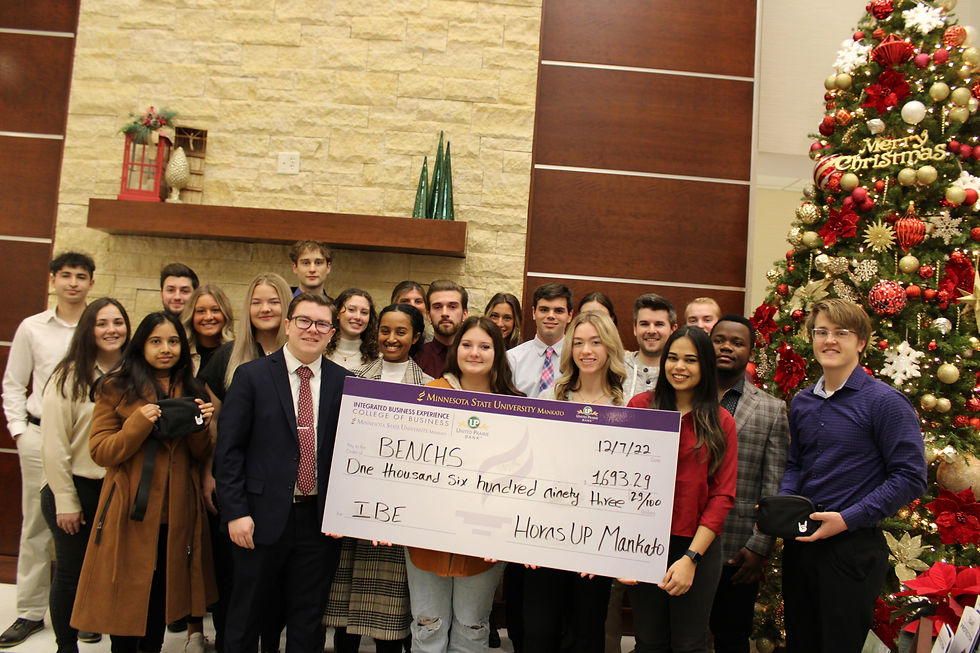
IBE- Integrated Business Experience
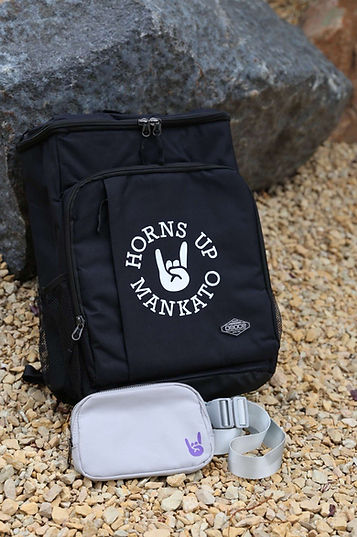
IBE
What?
The United Prairie Bank Integrated Business Experience (IBE)is a semester-long program that immerses students in entrepreneurship, leadership, and teamwork. As part of the program, I joined a team of twenty-three students and created a company called Horns Up Mankato. Our task was to start a business taking three fundamental business courses ( Finance, Management, and Marketing) to then create a business plan to secure a loan from a bank, make a profit, and donate the profits to a non-profit organization. Our company sold personal items whose product offerings included fanny packs, cooler backpacks, water bottles, and stickers.
I worked together with six other students in the Finance team, each of whom had their roles and responsibilities within the group inventory management, cash management, banker relations, and financial analysis. Additionally, the IBE program involved students from various disciplines in operations management and marketing each having a team with a mix of skills and expertise. Where we had to all work together for the common goal of our company.
I was elected as the Co-CFO (Chief Financial Officer) of our company, responsible for managing the financial aspects of our venture. We had to prepare a presentation to secure a loan from a bank. This involved creating a projected financial statement, preparing a loan presentation, managing cash flow, overseeing inventory, and monitoring our weekly financial performance. My primary goal was to lead our Finance team effectively to ensure the financial success of our company and report our financial status to the bank.

So what?
I entered the IBE program with a mix of excitement and anticipation. As my prior experience in leadership was primarily academic, I had a foundation in finance and had taken relevant courses that provided me with basic knowledge of financial management. However, I had limited practical experience in managing a company's finances in a real-world context. The IBE program was an opportunity to apply my academic knowledge and gain hands-on experience in finance and leadership. I expected the program to challenge me and provide valuable insights into entrepreneurship, finance, and teamwork. And the first challenge I took was to run for a leadership position. I was scared because I didn’t know what to expect and how I would react to the decisions of my teammates. After the election, I had both the challenge and success as a student leader.
I had previously taken the StrengthsFinder to explore my leadership strengths and weaknesses and I identified them as – futuristic, restorative, self-assurance, significance, and ideation. This trait was reflected as I took on to lead my team.
My futuristic strength allowed me to envision the long-term prospects of our venture. I set ambitious goals and I spoke about them openly. This strength became evident in our strategic planning and product development discussions. But at times, my futuristic focus led me to overlook immediate issues and my teammates thought I was way out of line. Balancing long-term vision with current challenges was a learning curve. I learned the importance of addressing the present without losing sight of the future.
My restorative strength empowered me to tackle challenges head-on. When obstacles arose, I embraced them as opportunities for growth. I was always looking for solutions rather than talking about the problems. This strength was particularly valuable when addressing setbacks in issues such as inventory, where our management was negligent and we didn't know the correct number of inventory we had. To tackle this we assigned two people responsible for the inventory one from finance and another from operations where they both report to the team which helped to keep our project on track. Restorative tendencies occasionally made me impulsive in problem-solving, potentially overshadowing others' contributions. I recognized the value of collaborative solutions and became more inclusive in decision-making.
Self-assurance instilled confidence in my decisions. It was an asset during critical presentations and negotiations with the bankers. I utilized this strength on our presentation day which led the bankers to have confidence in our work which built good relationships with them. However excessive self-assurance could be interpreted as arrogance. I was told in my feedback that I tend to be opinionated, which at first shocked me and I responded with defense, but then I learned to temper it with active listening and an openness to diverse perspectives, ensuring a more inclusive leadership style.
Significance fueled my commitment to creating a project with a meaningful impact. This sense of purpose resonated with our team and motivated us to go the extra mile. We used to get together after school to work on packaging, labeling, and connecting, which increased our connection. While significance drove our commitment to meaningful impact, it also led to setting ambitious goals, where we reordered too much inventory but had limited time to sell, which cost us our profit margins and then led to getting items on sale sooner than we should have. Finding a balance between aspiration and feasibility was a challenge but we learned the hard way how to solve inventory issues and made it our mission to each sell aggressively.
Ideation sparked creativity within our team. It generated a continuous flow of innovative ideas, fostering a culture of brainstorming and problem-solving. This strength was instrumental in my ability to explore unique solutions. However, my reliance on ideation sometimes led to a lack of focus and practical execution plan and confused my teammates at times. I learned that I should prioritize ideas and translate them into actionable strategies
Even Though the program had a lot of success we also faced challenges, such as cultural barriers where some students felt left out, and occasional conflicts related to work distribution and participation that were caused by unclear role descriptions and negligence of duties.
The first challenge emerged from cultural barriers within our teams. Students naturally formed groups based on comfort and familiarity, resulting in the creation of isolated subgroups that especially affected international students who found it hard to fit in. This fragmented our team dynamics and hindered effective collaboration. This was the hardest challenge to overcome, we tried to invite everyone to get together and get to know each other but the division was clear and people only connected with whom they could relate. Even when there is little effort it is not continuous. We took proactive steps to foster inclusivity within our team, we initiated open discussions where every member at least felt like they were heard.
The second challenge centered around role distributions. Some team members assumed most responsibilities, leaving others feeling marginalized and disengaged. On the other hand, certain individuals lacked motivation, failing to contribute their fair share to the project. So to tackle this I facilitated transparent conversations about individual contributions and expectations. This opened a dialogue about equitable participation and motivated previously disengaged team members to contribute actively. In our team, individuals naturally assumed roles based on their strengths and expertise. For instance, someone with strong analytical skills took on tasks related to data analysis, while another with excellent communication skills facilitated presentations. Aligning roles with strengths was crucial for optimizing our team's performance and relieving the tension.
The response to these actions varied among team members. While some welcomed the efforts to address cultural barriers and work distributions, others initially resisted change and some didn't even see it existed. Over time, however, as the benefits of inclusivity and equitable work distributions became important, a collective shift in team dynamics occurred. The primary goal was to create an environment where every team member felt valued, engaged, and motivated to contribute effectively because we all believed that’s the type of leader we would like to lead us.
My leadership philosophy has evolved during the IBE program. Initially, I believed that leadership was primarily about taking charge and making decisions. However, I came to understand that facilitative leadership, which empowers team members and fosters collaboration, could be highly effective. My philosophy shifted to focus on creating a supportive environment where every team member's strengths were acknowledged and leveraged to achieve common goals. This evolution marked a transition from traditional leadership to a more inclusive and empowering approach.
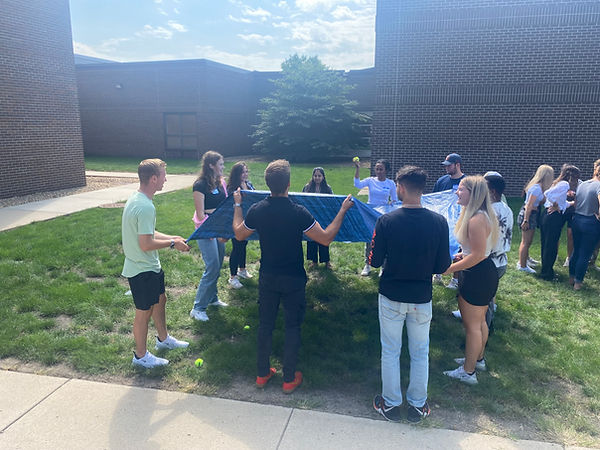
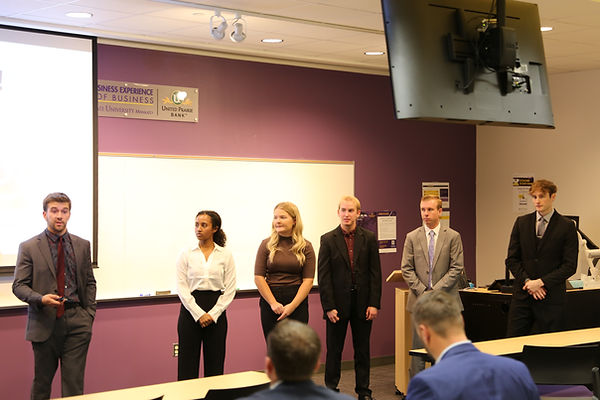
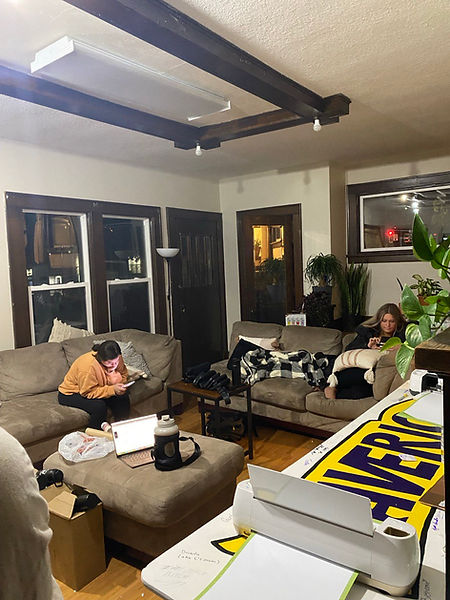
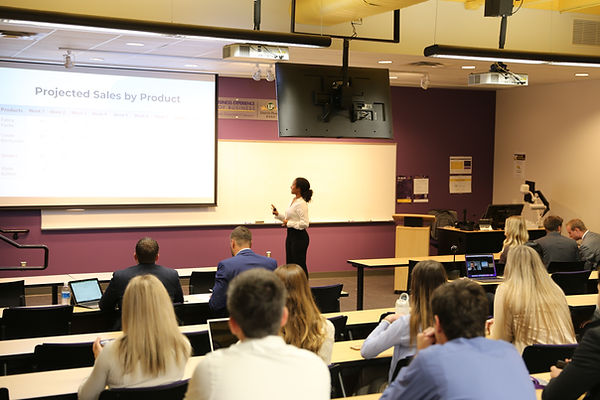
Now what?
The leadership skills, entrepreneurial mindset, and hands-on experience I gained from the IBE program serve as the foundation for my future growth and success as I consider going into the startup world or be a Financial Analyst. I would like to connect with professionals in Fintech and start my own venture. I've learned that striking a balance between taking calculated risks and valuing collective input is essential. And at the end of the day it is important to be adaptable and a lifelong learner.
Moreover, I understand that I need to have uncomfortable conversations with my team particularly in navigating cultural barriers. If I think there is an imbalance in responsibilities I have to stand up and advocate as a leader to build stronger relationships and foster inclusivity. I believe the IBE has revealed aspects of myself that I hadn't fully explored and to what a real workplace could be like and how I should respond to personal and team challenges. I am eager to embrace the future with open arms and an entrepreneurial spirit.